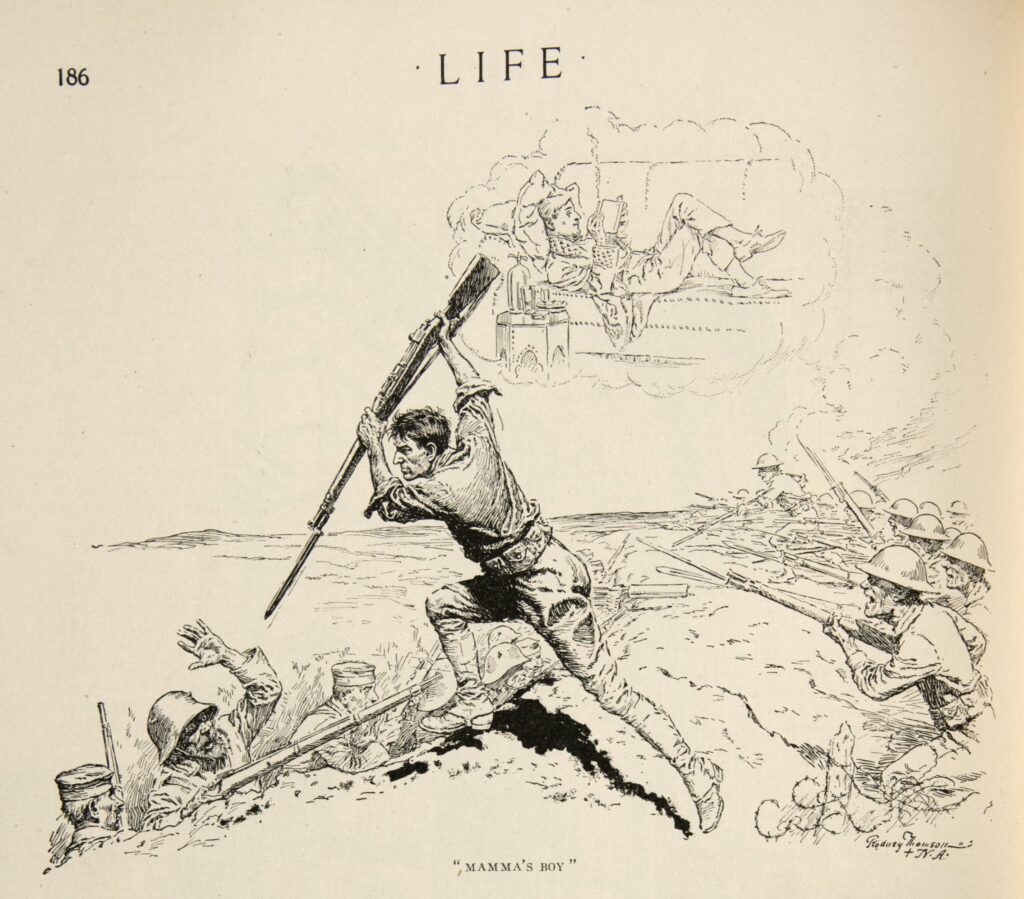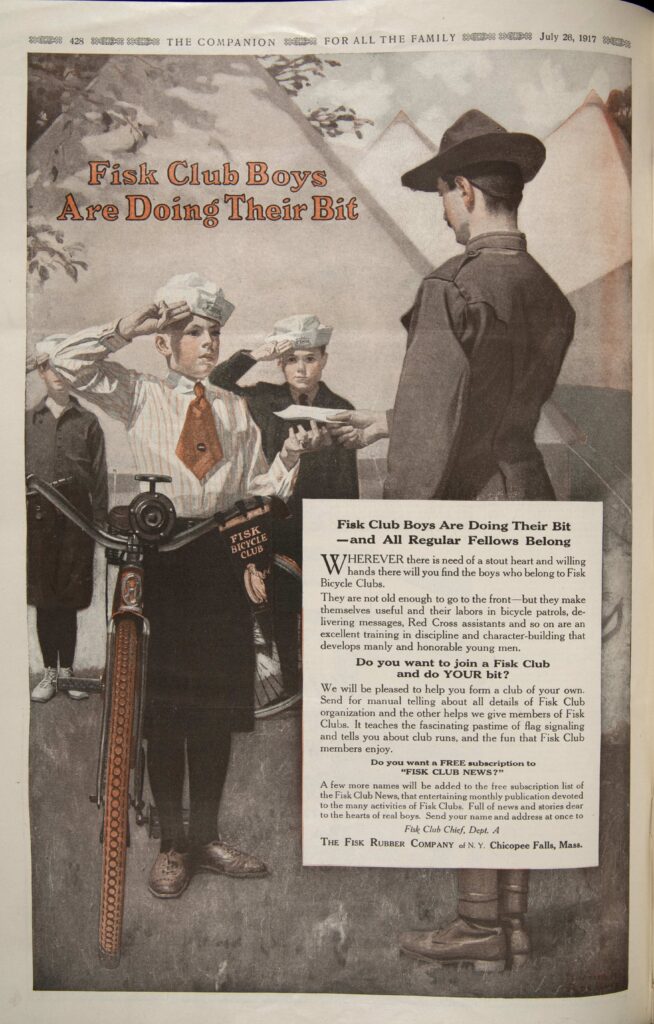A message to my students: Reflecting on the nature of historical sources
Historical sources are often largely confined to the use of the printed word. But visual sources such as political cartoons, “fine” art, popular illustrations, maps, charts and graphs can evoke a more nuanced understanding and dialogue of the thought, mood and aesthetics of an era. In order to use visuals effectively and reliably, we have to learn how to trust in our ability to see and to make deductions based on those observations. This can be a bit intimidating at first, but I believe you will find it extremely rewarding and empowering. My best advice to you as we develop this new skill is to have faith in your own impressions. So long as they are rooted in disciplined observation, they are valid. As we progress through the unit, I will call on you to test your deductions by placing them in a larger context of additional primary and secondary sources. My hope is that this exercise will provide you with unexpected insights about the First World War.
Overview
We will be analyzing two visual sources from the Newberry Library digital collection, Mama’s Boy, 1918 and Fisk Club Boys, 1917.You will be performing a “close read” of these images, using methods similar to those used in your English and History classes.The first image Mama’s Boy will be analyzed by the class as a whole in a guided close read. You will then work in small groups to practice your close reading, using the second image Fisk Club Boys. Ultimately, you will be asked to demonstrate your understanding of the visual close read by analyzing an additional image of your choosing from the Gallery tab.
Directions for doing a “close read”
We will be basing our close read of visual sources on guidelines provided by the Terra Foundation of American Art Terra “Look Learn Connect” and on strategies currently being compiled by the Newberry Library in consultation with many of the major cultural institutions in Chicago.
Step 1A: Visual Analysis – What do you SEE?
- Spend a few minutes looking closely at the visual. Select at least 5 details that you believe are important to its interpretation. You may also ask a clarification question about details that you do not understand. At this point, please do NOT try to make inferences about the symbols.
- As a class, I will call on each student to share one of your selected details. If someone else has selected the same detail as you, simply restate what was said. If many people select the same item, it may have particular significance. Think of this as reaffirming a point someone has made about a reading. If you can, add some additional substantiation. For example, many people may comment that the main figure in Mama’s Boy looks strong. Perhaps you can refer to details that give this impression.
Step1B: Visual Analysis – Think like an artist
- How has the artist composed (arranged) the figures in space? How does this composition communicate meaning?
- How is color used? Are there areas that are lighter or darker? Do some things seem more highlighted? Why do you think this was done?
- What do you think is the focal point of this visual? What makes you say so? Why do you think this was done?
Step1C: Visual Analysis – Evoking meaning
- What feeling or mood do you get from this visual? What makes you say that?
- What do you think the artist wanted to communicate? How do the details we have identified support your reasoning?
- Is there a caption? How does that impact on the visual images? If there are any words or phrases that are unclear, be sure to question meaning.
Step 2: Contextual Analysis
- Where did this visual appear? Who do you think was the intended audience?
- Why was this visual made? Was it commissioned?
- Is the artist’s name known to you? Was he famous for any particular types of work?
- Based on your knowledge of the era so far, in what ways is the work a reflection of society or a product of its time?
- What expectations might the artist have been responding to?
Step 3: Synthesis
- What do you think the artist was trying to convey about American ideas, ideals or values during WWI?
- What do you believe were the motivations behind the creation of this image?
- Does the artwork reflect a particular point of view?
- Is there any missing information or information that requires further investigation?
Practicing the Close Read
- In your groups, analyze the images and text of Fisk Club Boys using the same questions as above.
- Compare and contrast the images and text of the two images. Do they seem similar or dissimilar?
- Which of the images came first?
- Where did each of these appear and would they have been meant to appeal to the same audience?
Don’t be afraid to get daring with your interpretations. We can always reign ourselves in later. Right now just immerse yourselves in the images and enjoy!
Common Core Standards
CCSS.ELA-Literacy.RH.11-12.7 Integrate and evaluate multiple sources of information presented in diverse formats and media (e.g., visually, quantitatively, as well as in words) in order to address a question or solve a problem.










